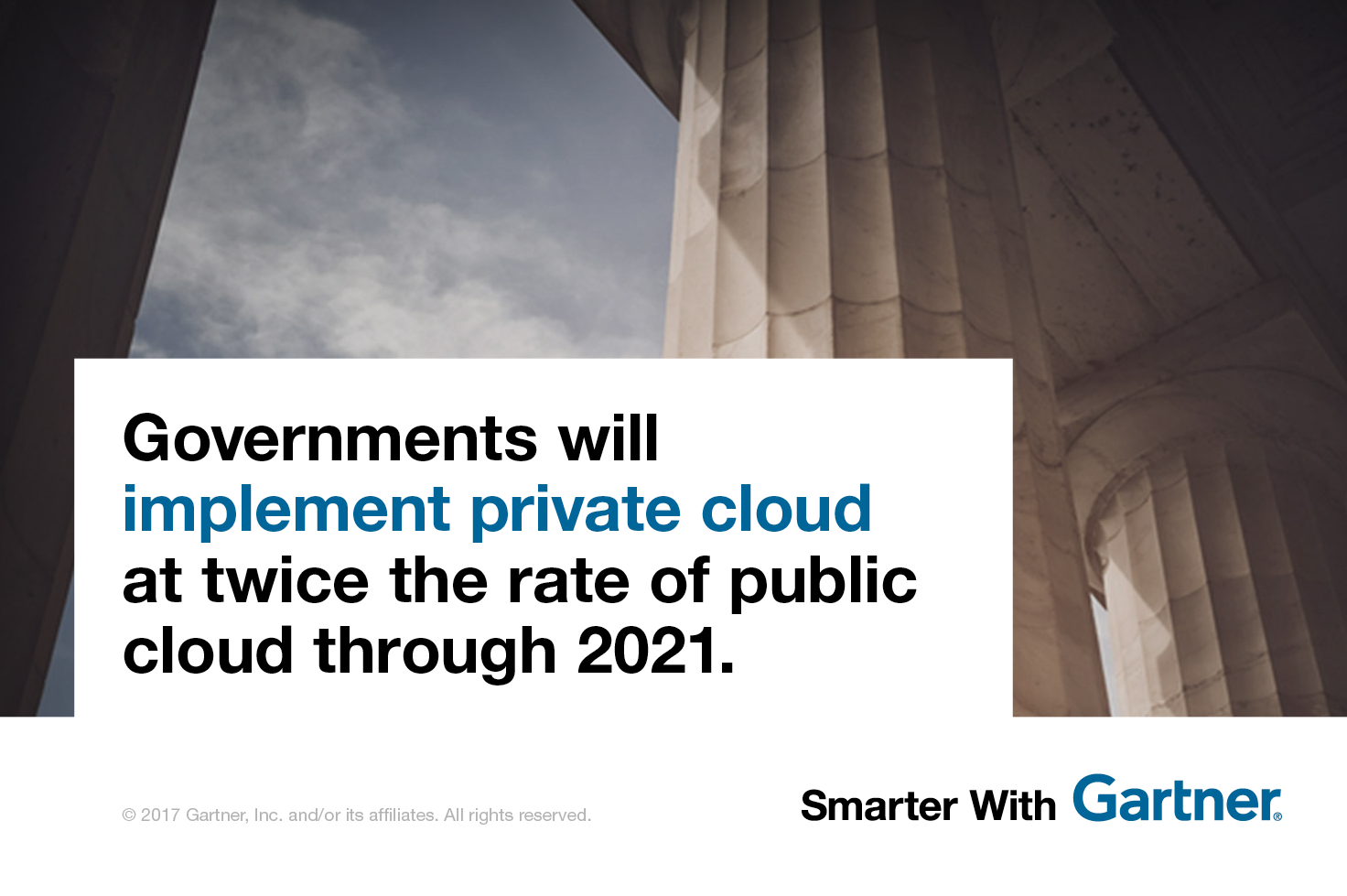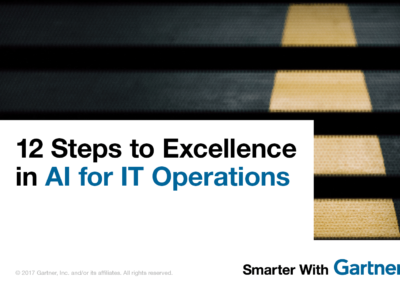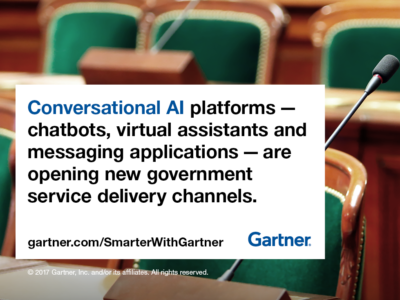Forty-seven percent of government organizations are actively using cloud services.
Delivering services efficiently and achieving cost savings are the top two drivers of cloud adoption in government. Gartner foresees double-digit growth in government use of public cloud services, with spending forecast to grow on average 17.1% per year through 2021.
Across all industries, companies spend an average of 20.4% of their IT budgets on cloud. Local governments spend 20.6% of their IT budgets on cloud, and national governments spend 22%.
Government IT organizations must do more than simply talking the talk
“Key to successfully implementing cloud services in government is accounting for the unique technical, organizational, procedural and regulatory issues of individual organizations,” says Neville Cannon, research director at Gartner. “For example, national governments typically see cloud as a long-term pathway to strategic IT modernization, whereas local and regional governments tend to pursue the immediate tactical benefits of innovation and cost savings.”
Arguably, local governments are better positioned to benefit from increased expenditure on cloud, as shrinking budgets, changing demographics and rising expectations for digital engagement place them at the apex of the requirement for transformation. Most often, a mix of public and private clouds best addresses the key drivers for adopting cloud without crossing regulatory red lines.
Public or Private?
While public cloud growth is healthy in government, major concerns remain that are holding back faster adoption. Gartner finds that the top three objections to public cloud usage in government are security/privacy issues, lack of features and concerns about vendor lock-in.
This leads Gartner to expect that governments will implement private cloud at twice the rate of public cloud through 2021, despite private cloud not delivering the same benefits in scale, functionality, cost savings or agility as public cloud can.
Much of what governments report as “private cloud” is better categorized as advanced virtualization or outsourcedIT infrastructure. These may still be excellent environments for running certain workloads, but are unlikely to have all the benefits of a true private cloud.
“As few as 5% of private cloud environments in government actually have the full characteristics by which Gartner defines cloud,” says Cannon. “What this highlights is that there are political benefits to talking about moving to cloud, even where that transition is not taking place in a meaningful way. But deceiving end users and stakeholders can bring negative consequences.”
This kind of implementation is unlikely to meet all the requirements of an increasingly sophisticated user and citizen base, leaving many basic cloud expectations unmet. In many cases, a conservative, yet organization-wide, approach to adoption may result in worse outcomes than starting with small, ambitious projects and scaling rapidly with success.
“Government IT organizations must do more than simply talking the talk,” says Cannon. “Poor or incomplete cloud implementations without the core attributes of a full cloud have the potential to produce the worst of both worlds, leaving government employees and citizens poorly served in the end.”
Get Smarter
Client Research
Gartner clients can learn more in the report: “Market Insight: Finding Cloud Opportunities in Government.”
Free Research
Complimentary research and webinars are available at the Gartner Cloud Hub.
Gartner Global Infrastructure & Operations Summits
Data center issues, IT operations and cloud will be further discussed at the Gartner Global Infrastructure & Operations events November 27-28, 2017 in London, U.K., December 4-7, 2017 in Las Vegas, NV and May 15-17, 2018 in Orlando. Follow news and updates from these events on Twitter using #GartnerIO.










